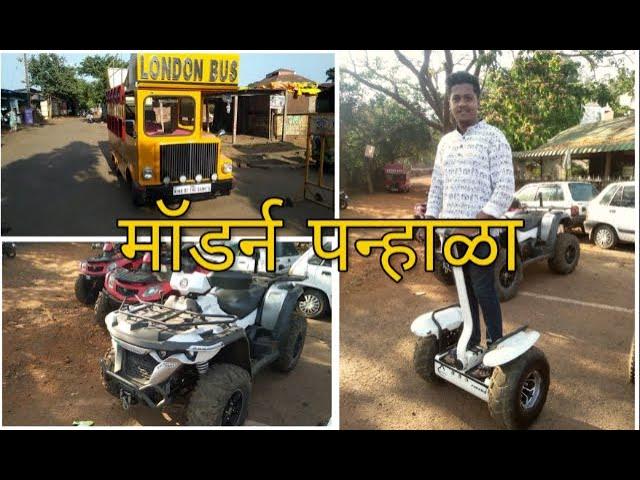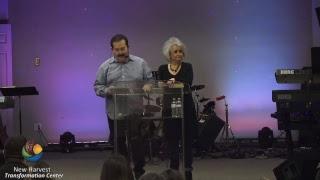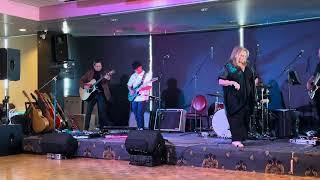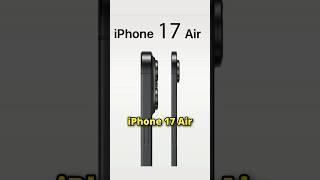
Modern Panhala || Anuj Mane Vlogs
Panhala fort (also known as Panhalgad(पन्हाळा,पन्हाळगड In Marathi), Pahalla and Panalla (literally "the home of serpents")) is located in Panhala, 20 kilometers northwest of Kolhapur in Maharashtra, India. It is strategically located looking over a pass in the Sahyadri mountain range which was a major trade route from Bijapur in the interior of Maharashtra to the coastal areas.[1] Due to its strategic location, it was the centre of several skirmishes in the Deccan involving the Marathas, the Mughals and the British East India Company, the most notable being the Battle of Pavan Khind. Here, the queen regent of Kolhapur State, Tarabai, spent her formative years. Several parts of the fort and the structures within are still intact.
Major features -
Andhar Bavadi
Kalavanticha Mahal
Ambarkhana
Dharma Kothi
Sajja Kothi
Teen Darwaza
Wagh Darwaza
Rajdindi bastion
Fortifications and bastions
Panhala fort was built between 1178 and 1209 CE, one of 15 forts (others including Bavda, Bhudargad, Satara, and Vishalgad) built by the Shilahara ruler Bhoja II. It is said that aphorism Kahaan Raja Bhoj, kahan Gangu Teli is associated with this fort. A copper plate found in Satara shows that Raja Bhoja held court at Panhala from 1191–1192 CE. About 1209–10, Bhoja Raja was defeated by Singhana (1209–1247), the most powerful of the Devgiri Yadavas, and the fort subsequently passed into the hands of the Yadavas. Apparently it was not well looked after and it passed through several local chiefs. In 1376 inscriptions record the settlement of Nabhapur to the south-east of the fort.[2]
It was an outpost of the Bahamanis of Bidar. Mahmud Gawan, an influential prime minister, encamped here during the rainy season of 1469. On the establishment of the Adil Shahi dynasty of Bijapur in 1489, Panhala came under Bijapur and was fortified extensively. They built the strong ramparts and gateways of the fort which, according to tradition, took a hundred years to build. Numerous inscriptions in the fort refer to the reign of Ibrahim Adil Shah, probably Ibrahim I (1534–1557).[3]
In 1659, after the death of the Bijapur general Afzal Khan, in the ensuing confusion Shivaji Maharaj took Panhala from Bijapur.[4] In May 1660, to win back the fort from Shivaji, Adil Shah II (1656–1672) of Bijapur sent his army under the command of Siddi Jauhar to lay siege to Panhala. Shivaji Maharaj fought back and they could not take the fort. The siege continued for 5 months, at the end of which all provisions in the fort were exhausted and Shivaji Maharaj was on the verge of being captured.
Under these circumstances, Shivaji Maharaj decided that escape was the only option. He gathered a small number of soldiers along with his trusted commander Baji Prabhu Deshpande and, on 13 July 1660,[5] they escaped in the dead of night to flee to Vishalgad. Baji Prabhu and a barber, Shiva Kashid, who looked like Shivaji Maharaj, kept the enemy engaged, giving them an impression that Shiva Kashid was actually Shivaji Maharaj. In the ensuing battle (see Battle of Pavan Khind), almost three quarters of the one thousand strong force died, including Baji Prabhu himself.[6][7] The fort went to Adil Shah. It was not until 1673 that Shivaji Maharaj could occupy it permanently.
Sambhaji, Shivaji's son and successor to the throne, fell out of favor with his father. Shivaji imprisoned Sambhaji in Panhal .[8] He escaped from here along with his wife on 13 December 1678[9] and attacked Bhupalgad. He returned to Panhala, however, on 4 December 1679 to reconcile with his father[9] just before his father's death on 4 April 1680. At the height of Shivaji's power in 1678, Panhala housed 15,000 horses and 20,000 soldiers.[10] also the main darwaza was chaar darwaza.
Major features -
Andhar Bavadi
Kalavanticha Mahal
Ambarkhana
Dharma Kothi
Sajja Kothi
Teen Darwaza
Wagh Darwaza
Rajdindi bastion
Fortifications and bastions
Panhala fort was built between 1178 and 1209 CE, one of 15 forts (others including Bavda, Bhudargad, Satara, and Vishalgad) built by the Shilahara ruler Bhoja II. It is said that aphorism Kahaan Raja Bhoj, kahan Gangu Teli is associated with this fort. A copper plate found in Satara shows that Raja Bhoja held court at Panhala from 1191–1192 CE. About 1209–10, Bhoja Raja was defeated by Singhana (1209–1247), the most powerful of the Devgiri Yadavas, and the fort subsequently passed into the hands of the Yadavas. Apparently it was not well looked after and it passed through several local chiefs. In 1376 inscriptions record the settlement of Nabhapur to the south-east of the fort.[2]
It was an outpost of the Bahamanis of Bidar. Mahmud Gawan, an influential prime minister, encamped here during the rainy season of 1469. On the establishment of the Adil Shahi dynasty of Bijapur in 1489, Panhala came under Bijapur and was fortified extensively. They built the strong ramparts and gateways of the fort which, according to tradition, took a hundred years to build. Numerous inscriptions in the fort refer to the reign of Ibrahim Adil Shah, probably Ibrahim I (1534–1557).[3]
In 1659, after the death of the Bijapur general Afzal Khan, in the ensuing confusion Shivaji Maharaj took Panhala from Bijapur.[4] In May 1660, to win back the fort from Shivaji, Adil Shah II (1656–1672) of Bijapur sent his army under the command of Siddi Jauhar to lay siege to Panhala. Shivaji Maharaj fought back and they could not take the fort. The siege continued for 5 months, at the end of which all provisions in the fort were exhausted and Shivaji Maharaj was on the verge of being captured.
Under these circumstances, Shivaji Maharaj decided that escape was the only option. He gathered a small number of soldiers along with his trusted commander Baji Prabhu Deshpande and, on 13 July 1660,[5] they escaped in the dead of night to flee to Vishalgad. Baji Prabhu and a barber, Shiva Kashid, who looked like Shivaji Maharaj, kept the enemy engaged, giving them an impression that Shiva Kashid was actually Shivaji Maharaj. In the ensuing battle (see Battle of Pavan Khind), almost three quarters of the one thousand strong force died, including Baji Prabhu himself.[6][7] The fort went to Adil Shah. It was not until 1673 that Shivaji Maharaj could occupy it permanently.
Sambhaji, Shivaji's son and successor to the throne, fell out of favor with his father. Shivaji imprisoned Sambhaji in Panhal .[8] He escaped from here along with his wife on 13 December 1678[9] and attacked Bhupalgad. He returned to Panhala, however, on 4 December 1679 to reconcile with his father[9] just before his father's death on 4 April 1680. At the height of Shivaji's power in 1678, Panhala housed 15,000 horses and 20,000 soldiers.[10] also the main darwaza was chaar darwaza.
Тэги:
##fort ##anujmane ##anujmanevlogs ##killaa ##maharaje ##shivajimaharaj ##maharatra ##panahala_fort ##jivankadamvlogs ##pappyagaikwad ##rd ##nutanКомментарии:
Modern Panhala || Anuj Mane Vlogs
AnujManeVlogs
Складная садовая бочка Дачница - тестируем!
Мой Дом ОБЗОР
Как обучают инструкторов сноуборда
Борис Драган
NHTC C C Offical Live Stream
NHTC C C Official
La Lenuța sub cerdac
Benone Sinulescu - Topic
TYPES OF MAGGI EATERS 4 | Laughing Ananas
Laughing Ananas
大理的洱海邊真的會有愛情嗎?一起回憶下我跟小石認識的地方!
呵呵的旅行日志
أبدا مشروع الارانب ب1500جنيه...(حلقه 756)
تربيه الارانب والطيور مع ابونرمين


























